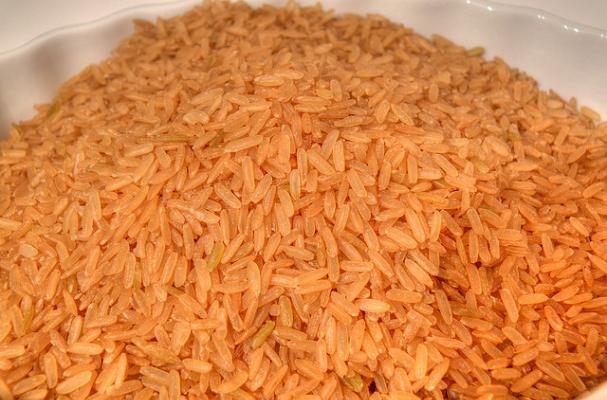
The cotton farmers of the south used to control boll weevils with arsenic-based pesticides, and it turns out that the soil is still contaminated with high levels of arsenic. This is a problem, since these areas are now filled with rice paddies.
"A large market basket survey published in the 1 April 2007 issue of Environmental Science & Technology now shows that rice grown in this area contains, on average, 1.76 times more arsenic than rice grown in California."
Rice tends to collect higher levels of arsenic than other crops, because the water used to flood rice paddies pulls it from the soil.
This is troublesome since rice consumption is on the rise, due to its use in cereal, milk, bran, cakes, pet food, and beer. It turns out that health food products such as rice milk, bran, and brown rice may contain far higher levels of the toxic metal than polished rice.
This is definitely an issue to take note of since arsenic is a heavy metal and toxic for the human body. High rice consumers such as Asians, and people who are gluten and lactose intolerant, are at higher risk for arsenic poisoning.
Professor Andy Mehrag of Dartmouth, suggests that we need stricter regulations of rice-based arsenic, especially as more people rely on it for a staple.
Image Sources:











Comments
September 18, 2011
Again, we need to know what the tests are finding, is it organic or is it inorganic arsenic? Plants can take inorganic arsenic that they take up and convert it to organic arsenic, making it harmless, but if the arsenic is too much I imagine even plants' ability to do this would be overwhelmed. Is there a problem with the test that makes results that differentiate between the two difficult or something? Nobody seems to be reporting any answer to this. Someone should write an article on arsenic testing in food, how accurate it is and what kind of results you get, and if you can tease apart the organic and inorganic arsenic in the results.
September 18, 2011
Again, we need to know what the tests are finding, is it organic or is it inorganic arsenic? Plants can take inorganic arsenic that they take up and convert it to organic arsenic, making it harmless, but if the arsenic is too much I imagine even plants' ability to do this would be overwhelmed. Is there a problem with the test that makes results that differentiate between the two difficult or something? Nobody seems to be reporting any answer to this. Someone should write an article on arsenic testing in food, how accurate it is and what kind of results you get, and if you can tease apart the organic and inorganic arsenic in the results.
September 18, 2011
And what chemical company is to blame for this-Hmmmm lets see Monsanto. the spraying was done many years ago and now the problem comes out. Organics only please. To be informed required reading should be 'Food INc' and 'The world according to Monsanto'